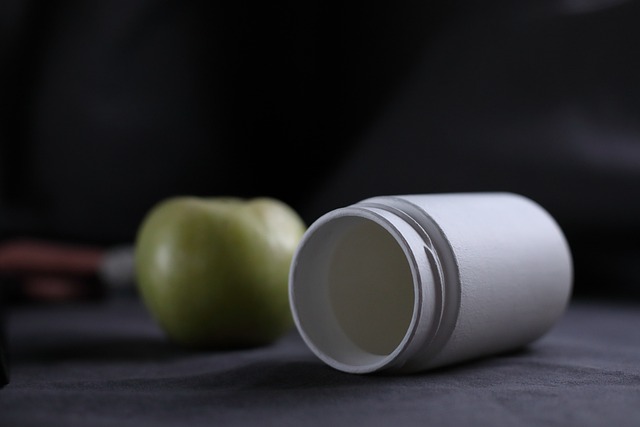The Imperative of Sustainable Packaging

Consumer demand for sustainable products is surging, presenting a pivotal opportunity for consumer brands. Packaging, the tangible introduction to your product, faces intense environmental scrutiny. Brands embracing proactive sustainable packaging strategies can build a significant competitive advantage, boost brand reputation, and unlock powerful avenues for growth.
Decoding Consumer Expectations
Understanding what 'sustainable' means to your target audience is critical. Key factors include recyclability, compostability, use of renewable or recycled materials, and minimized packaging waste. Avoid 'greenwashing'—making misleading environmental claims—which can irreparably damage consumer trust. Transparency, clear labeling (like How2Recycle), and verifiable certifications are essential.
Actionable Strategies for Sustainable Packaging

- Material Innovation: Prioritize materials with lower environmental impact. Examples: Post-consumer recycled (PCR) content, Forest Stewardship Council (FSC)-certified paperboard, rapidly renewable resources like bamboo, seaweed-based bioplastics, or mycelium (mushroom packaging).
- Source Reduction: Minimize packaging material use through optimization. Examples: Eliminating secondary packaging, concentrating products (like detergents), using 'right-sizing' technology for shipments, lightweighting materials without sacrificing protection.
- Design for Recyclability: Create packaging compatible with existing recycling infrastructure. Use mono-materials where feasible, avoid problematic labels or adhesives, and provide clear, standardized recycling instructions (e.g., How2Recycle label).
- Leverage Compostability: Utilize certified compostable packaging (clearly indicating industrial vs. home compostability) where appropriate, especially for items prone to food contamination. Be mindful of local composting infrastructure availability.
- Implement Reuse Models: Explore systems that keep packaging in circulation. Examples: Deposit-return schemes (like beverage bottles), brand-specific refill stations in retail locations, or third-party platforms managing durable, returnable containers (e.g., Loop).
Inspiring Business Examples

Pioneering brands demonstrate the viability of sustainable packaging. For instance, Loop partners with major brands (like Häagen-Dazs, Tide) to offer products in durable, returnable containers, collected and refilled. Outdoor gear companies like Patagonia utilize high percentages of recycled materials in their packaging and promote product longevity and repair, reducing overall consumption.
Navigating the Transition
While challenges like initial investment, supply chain adjustments, and evolving recycling infrastructure exist, proactive brands overcome them. Solutions involve phased implementation, collaborating with suppliers on innovation, exploring government incentives, and focusing on the significant long-term gains in brand loyalty, regulatory preparedness, and market share.
The Future is Circular
The trajectory for packaging is towards a circular economy, where materials are continuously cycled, minimizing waste and resource depletion. This demands a fundamental shift from the linear 'take-make-dispose' model. Achieving this requires ongoing innovation in materials science (e.g., self-healing materials, bio-based adhesives), advanced sorting technologies, smart packaging for better tracking, and collaborative ecosystem approaches.